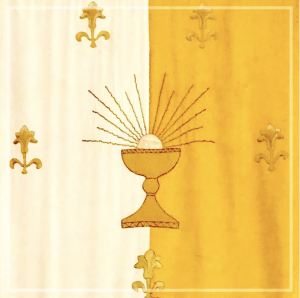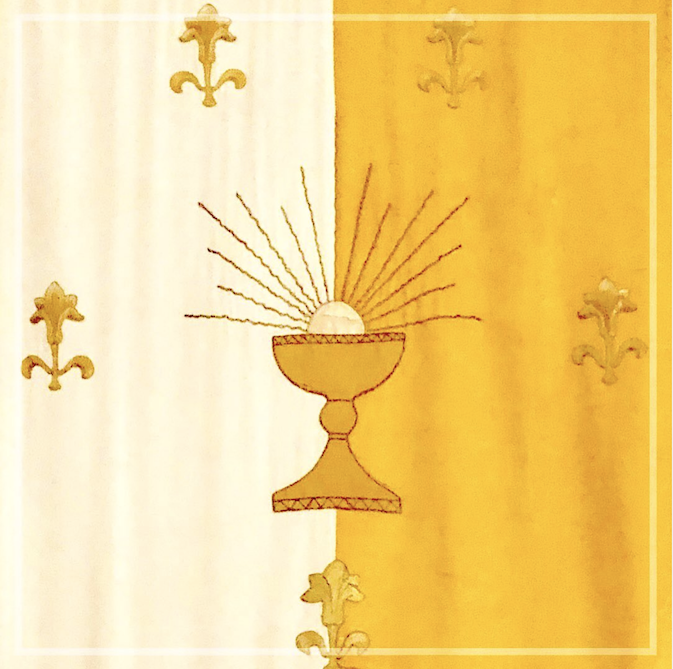
At this natural stillpoint of the year, many of us are already filling our calendars with resolutions that will ensure our busy-ness in the months to come.
The ideology of achievement runs deep through the fabric of our society. We often feed it to our children from their first year of life.
There’s a lot of myth that feeds this ideology. Bettering oneself is one.
Just how much “better” can you get?
How many more goals do you need to set?
When will you make time for peace?
There was a time in Western culture when contemplation was not seen as slacking, but as the very essence of a productive life. Without stillness, there was no kind of knowing to come to. Knowledge was something, back in those days, that was dwelling inside of us. To find it, we needed things to come to a halt at regular intervals.
We went for walks, we were silent. We were immersed in a mundane everyday activity, the way Zen teaches it too. We looked inside instead of outside.
And that’s how we moved the world forward.
Nowadays, we are inundated by a frantic version of the via activa – the active way of life. We perform busy-ness so that others will think highly of us.
And that’s why we keep having those meetings. That’s why we keep sending those emails.
Few of us get a real, tangible or felt value out of it. Most of us go along with it, because it’s the way things are done. Schooling. Work. The public dialogue.
Much of it is a performance, a form of social signaling.
Anxiety in the 21st century does not need a concrete object anymore; it suffices to have FOMO or the conceivable possibility of future regret to send us into a tailspin of undirected actionism.
Before this first month of the year is up, I invite you to reflect on how much time you give to stillness in your life.



